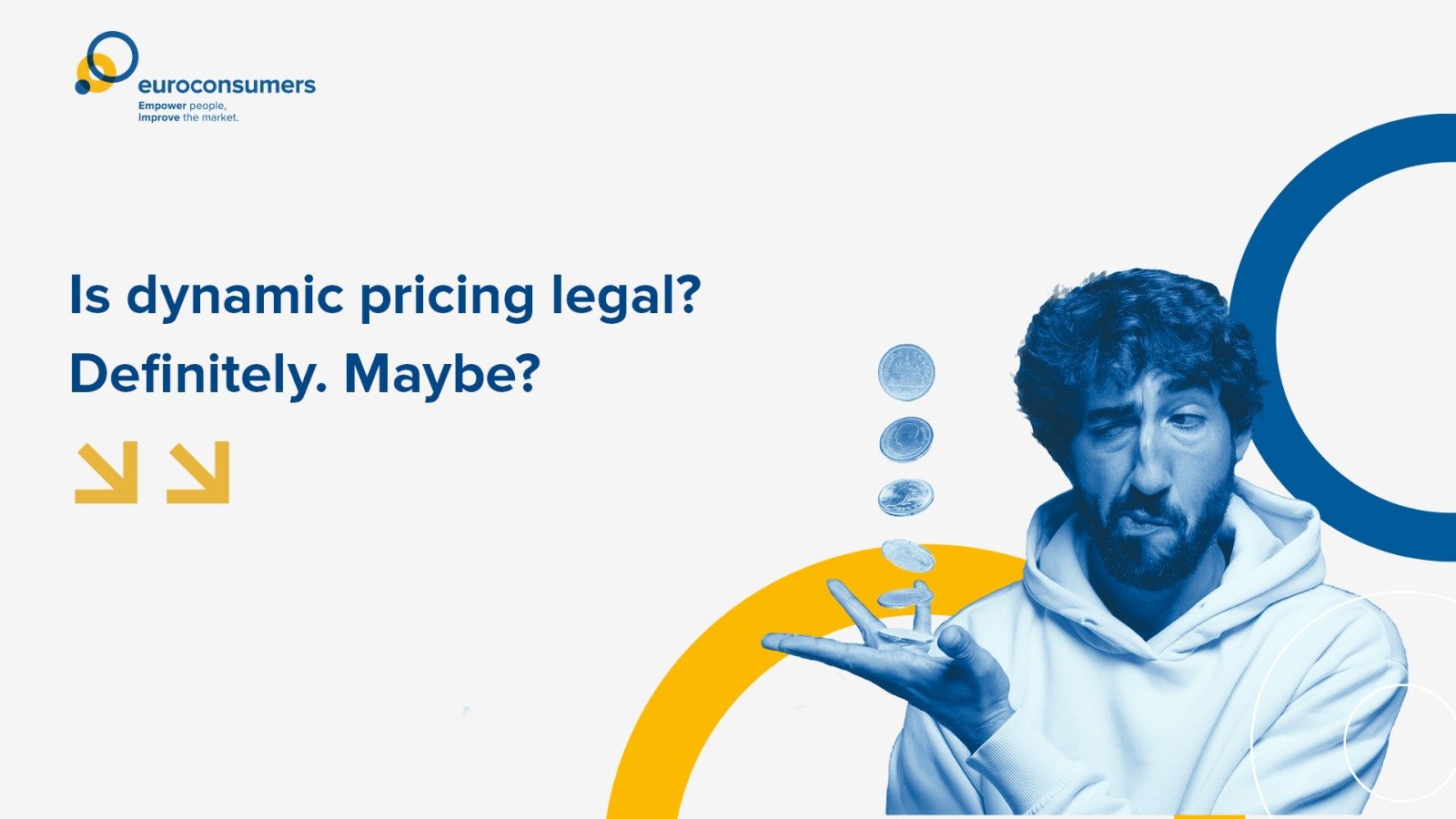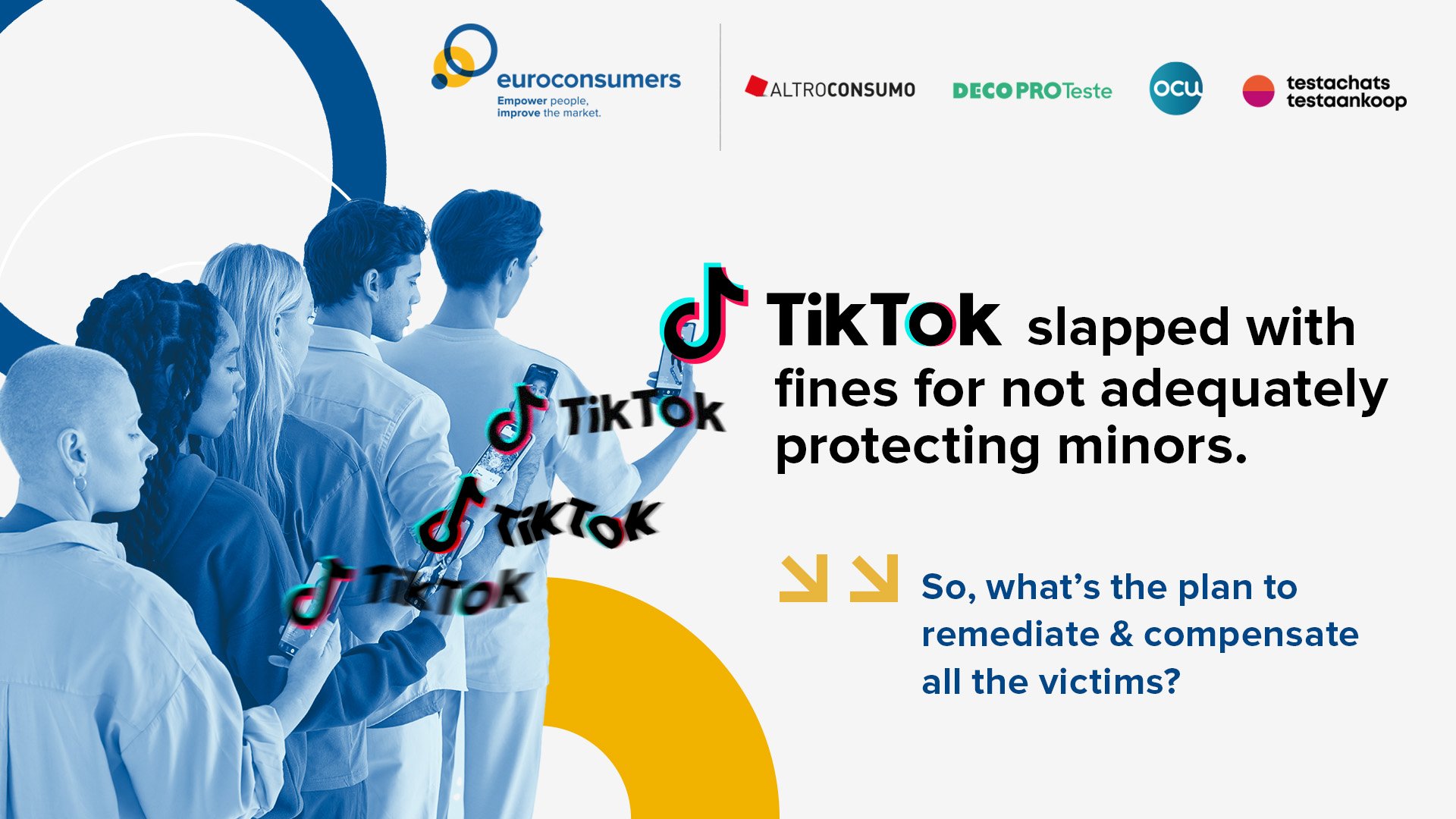Dynamic pricing: whatŌĆÖs the story?
Dynamic (or ŌĆśreal-timeŌĆÖ) pricing is an established pricing strategy in air ticketing and hospitality, it refers to changing the price charged for a product in response to market demand.┬Ā┬Ā
Getting a live, 360 view of demand-side activity and the supply-side inventory has become a lot easier with the availability of real-time data.┬Ā Dynamic pricing models employ algorithms to consider other factors like competitorsŌĆÖ prices, seasonal trends or sudden events. Algorithmically or AI-enabled tools can also be used by businesses to automatically change the prices they charge at a fast rate.┬Ā┬Ā┬Ā
WhatŌĆÖs the problem?┬Ā
Consumer protection legislation is there to counter the acknowledged power imbalance between providers and buyers. It says that relationships between consumers and companies must be guided by principles of fairness and transparency, and for pricing this means being clear and accurate about a price and / or how it is set. This allows consumers to compare prices and shop around for the best deal.
Dynamic pricing challenges the traditional consumer-seller relationship where consumers buy products for a certain price. As it is based on algorithms the price on offer can change, sometimes suddenly, without a consumer knowing why.┬Ā
So a consumer is attracted by an appealing offer, embarks on a transaction only to find itŌĆÖs been unilaterally changed by the seller with no warning. This goes against the basics of contract and consumer law -that an offer must be firm about essential elements like price.
What are the implications?┬Ā
Consumers are left in the dark about the exact price of a product and arenŌĆÖt able to compare it with another supplier.
Dynamic pricing also makes it incredibly difficult for consumers and authorities to detect if companies are using unfair and unlawful practices to set prices.
Here, the power of the unseen, ŌĆśblack boxŌĆÖ algorithm is key. If it is programmed to respond to changes in competitorsŌĆÖ pricing, it could risk distorting fair competition. If the algorithm is focused on consumer demand or market supply, the cost of everyday goods could rise and rise.┬Ā Algorithms are powerful but when they are set to reach an outcome, and that outcome is maximizing profit then consumers will invariably lose out.┬Ā┬Ā
Dynamic pricing versus consumer law
Dynamic pricing isnŌĆÖt always specifically mentioned in EU consumer and competition law, but some relevant pieces of legislation apply.┬Ā
In terms of competition, itŌĆÖs possible that in some circumstances, dynamic pricing is akin to algorithmic price fixing which could lead to the banned practice of collusive practices. Companies are also prohibited from using their dominant position in the market to distort competition, using data to adjust prices could fall into this category.┬Ā
Behind the fine print: how unfair is unfair?┬Ā
For consumer law, there is the Unfair Commercial Practices Directive (UCPD) prohibits misleading or aggressive business activities that seem very relevant to dynamic pricing.┬Ā For example, distorting pricing and information for consumers is misleading.
Aggressive practices cover things like creating psychological pressure on consumers to act quickly due to rapid price changes. In the concert industry, psychological pressures are created for the consumer that impact decision making. There might be a lack of alternative sellers (as was the case for Oasis concerts), or because they are ŌĆśtoo far alongŌĆÖ in the purchase process when the price changes to be in a position to decide against the purchase.┬Ā
The Consumer Rights Directive┬Āconsiders dynamic pricing to be legal, as long as itŌĆÖs transparent and consumers are fully informed about the final price before completing a purchase.┬Ā It prohibits hidden charges and costs that were not explicitly agreed upon by the consumer, suggesting dynamic pricing must not mislead consumers with unexpected last-minute price changes.
Just how detailed any disclosure needs to be under the law is ambiguous and we might ask┬Ā whether just knowing dynamic pricing is in effect and the price ŌĆ£could go upŌĆØ is helpful to a consumerŌĆÖs decision making.┬Ā
A full legal analysis of how dynamic pricing does or doesnŌĆÖt fit with consumer law is available in Euroconsumers new report available here.
Did Oasis fans acquiesce to the pricing game?┬Ā
Back to August 2024, when ticket sales began for rock legends Oasis reunion show after a 15-year hiatus.
Ticketmaster, the only designated ticket seller for the event, had employed dynamic pricing. Excitement soon turned to despair as the demand for tickets caused prices to surge. At its peak, fans faced paying three times as much as they expected. To make matters worse, many only discovered the increase at the point of purchase, after spending hours in an online queue.
A British Oasis fan queued for six hours for standing tickets, to only to be faced with a bill for ┬Ż458 (Ōé¼550) for tickets originally advertised at ┬Ż150 (Ōé¼180):





